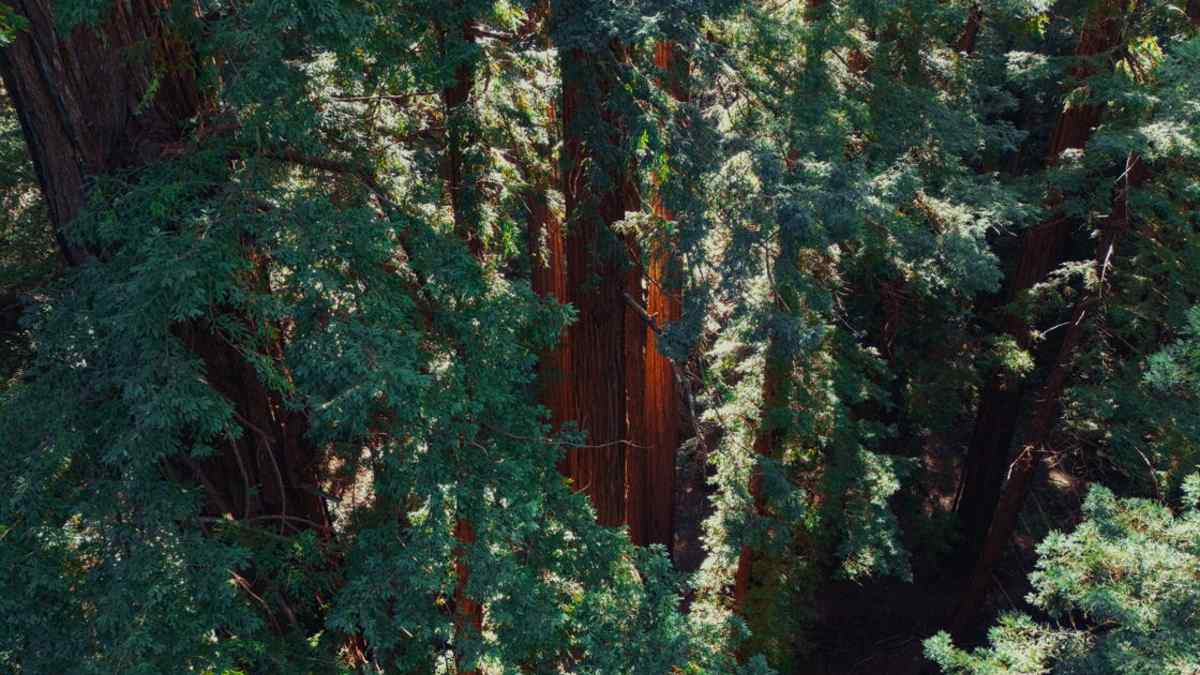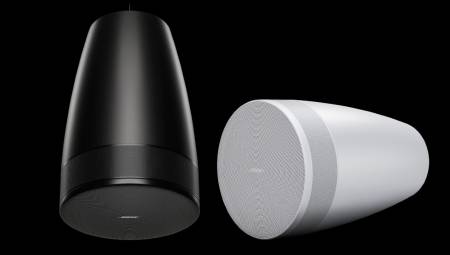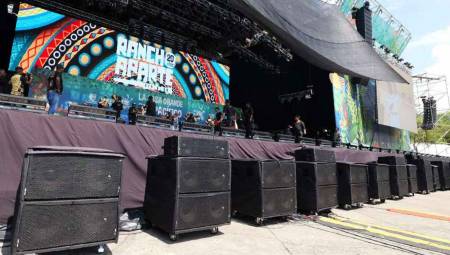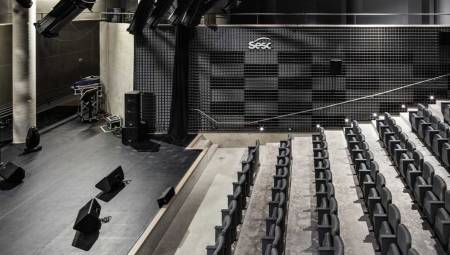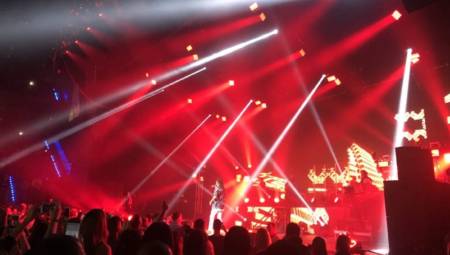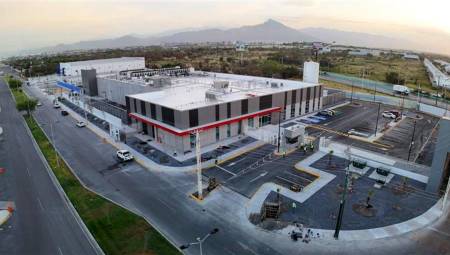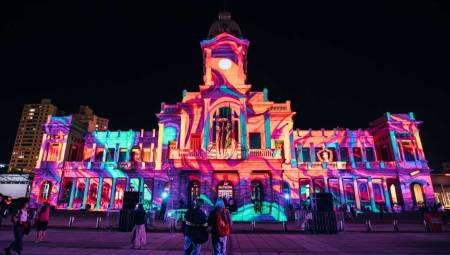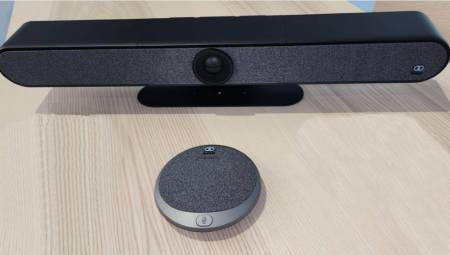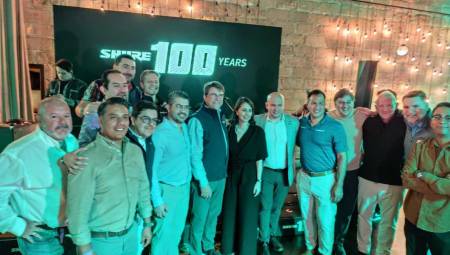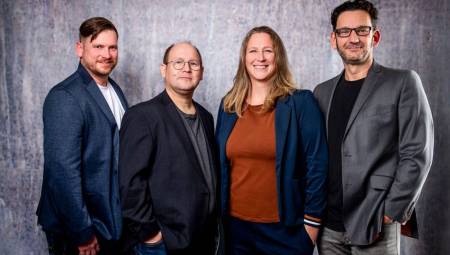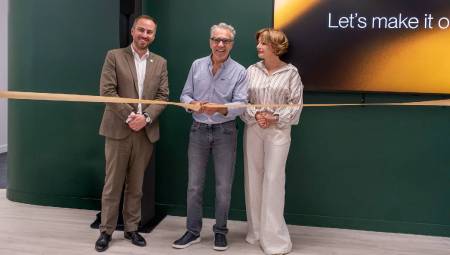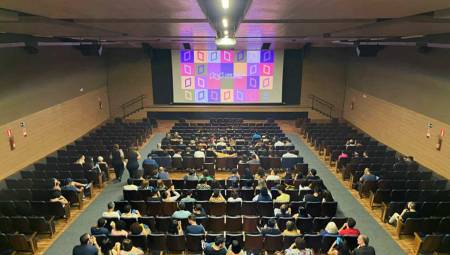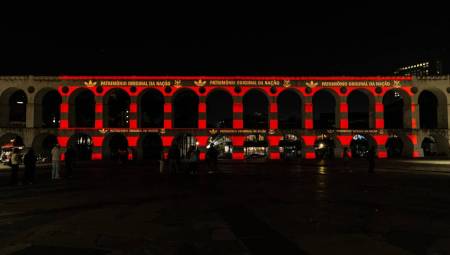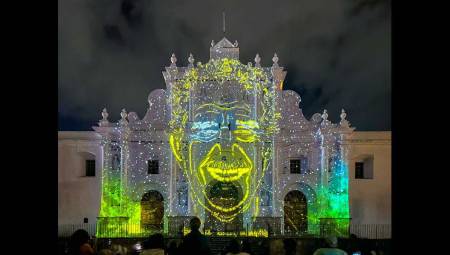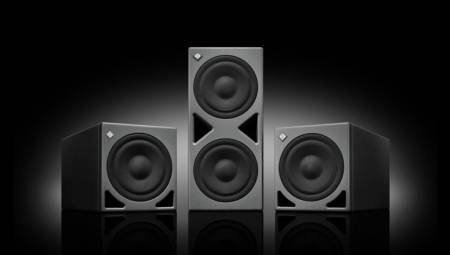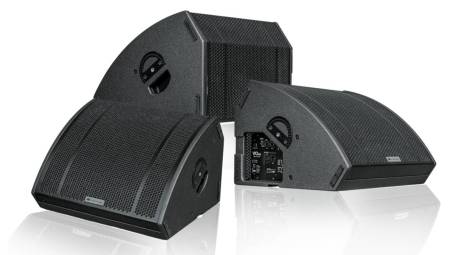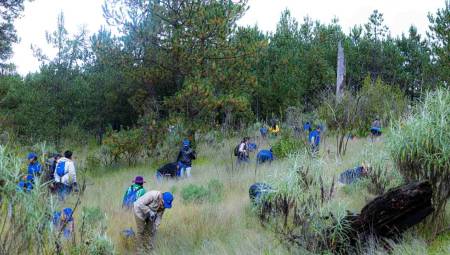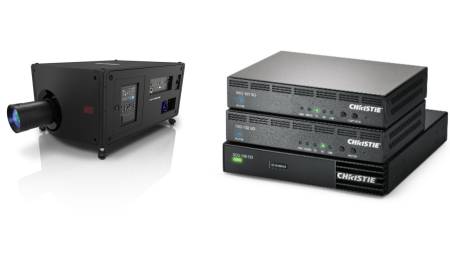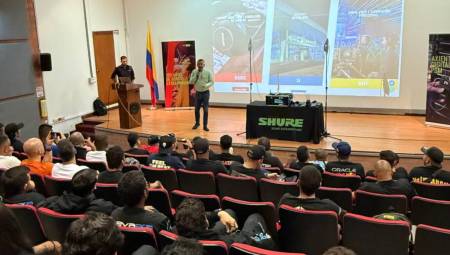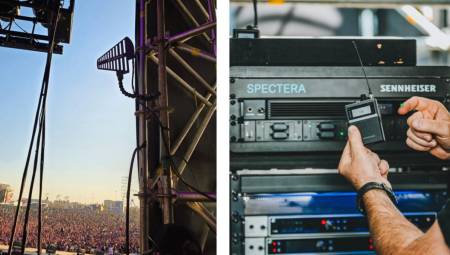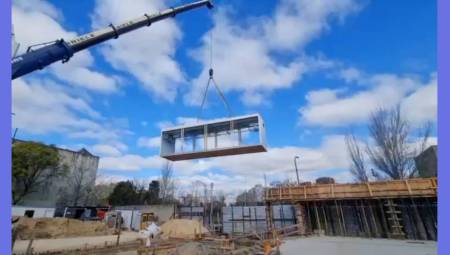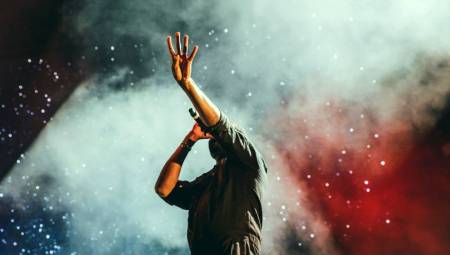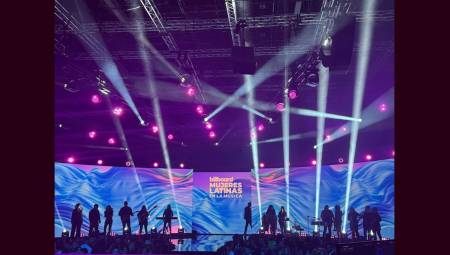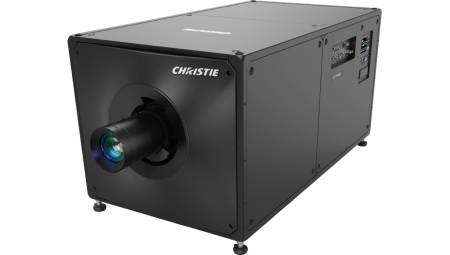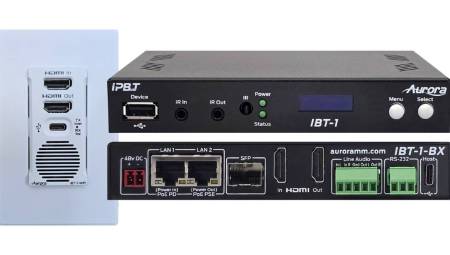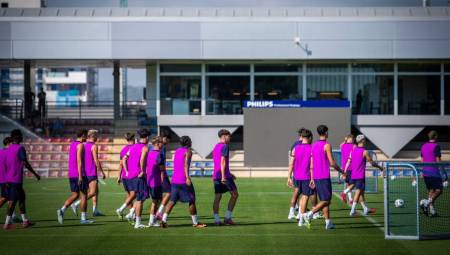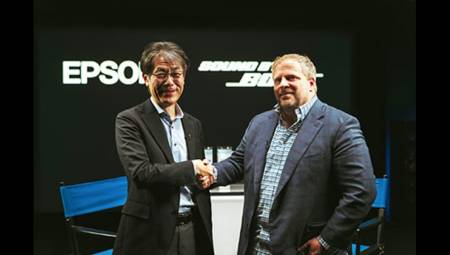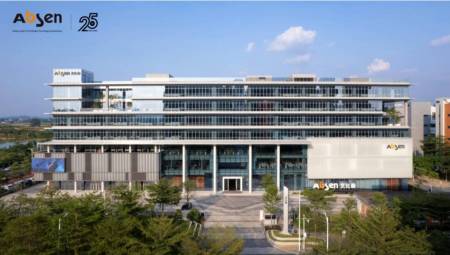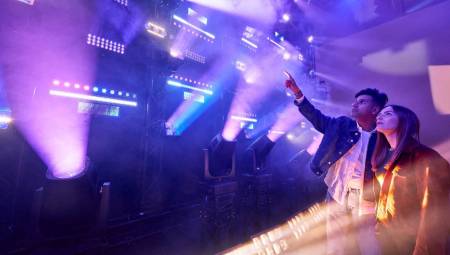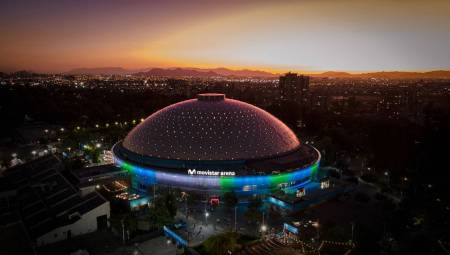International. Sound engineer Thomas Rex Beverly used Sennheiser MKH RF condenser microphones to uncover the hidden sounds of an ancient redwood forest.
This recording journey really stands out in the fascinating work of Thomas Rex Beverly, and has left a lasting impression on the field recorder: In March and October of last year, he was allowed to record in an ancient redwood forest and climb one of the gigantic trees to capture its rich soundscape at different heights. With the help of a selection of Sennheiser microphones – including the renowned MKH Series 8000 condenser microphones – Beverly was not only looking to document the ambient sound of a virgin forest and the subtle, intimate sounds of one of the redwoods, but also to preserve and share the auditory essence of the ancient redwood ecosystem.
"There are more people who have climbed Everest than have climbed a sequoia," Beverly says, highlighting the fact that these giant trees are strictly protected. Only when Beverly contacted the Sempervirens Fund, an organization dedicated to preserving redwood forests, did he obtain—after careful examination—permission to film on a redwood. The recordings took place in the heart of California's Santa Cruz Mountains in an isolated redwood forest protected by the background. The trees in this protected area, some of which reach 80 meters in height, have not been affected by the felling and some are believed to be more than 1,000 years old. Beverly describes the forest as "amazing," noting its pristine state and the opportunity it offered to access trees that had remained untouched for centuries. "It was about minimizing noise pollution and accessing the trees without causing them harm," he explains. "The place was perfect for this kind of deep sonic exploration."
A deep connection with trees
Beverly's connection to trees runs deep. Growing up in Texas, he often climbed oak trees with his father, which fostered his fascination with old trees. "I've always been drawn to stories that trees tell through sound," he says. "Redwoods, in particular, offer a unique perspective on nature. This project was about capturing not only the sound of the forest, but the essence of the trees themselves."
Some of Beverly's primary tools for the project were Sennheiser MKH 8000 Series microphones, which he chose for their clarity, wide frequency response, and ability to capture nuanced ambient sounds in harsh environments. Their setup included the MKH 8020, MKH 8030, and MKH 8040 microphones in various configurations to pick up the acoustic diversity of the redwood grove. The MKH8020 is particularly suitable for picking up the subtlest sounds of redwoods thanks to its low self-noise level and high sensitivity.
"I had a dual ORTF configuration of Sennheiser MKH 8040," Beverly explains. "I was testing directional setups with the MKH 8040 and MKH 8030, pointing the microphones upwards to pick up the treetop sounds while recording from the forest floor."
Given the imposing height of the redwoods, it was imperative to pick up sound from several vertical layers. Beverly notes, "The difference in sound between the base of the forest and the 60-80 meters tall is huge. In many trees, the branches don't start until about 50 meters high, so recording from the forest floor and then from the crown gives a totally different sound perspective."
"So the main purpose of the microphones was to record at the base of the tree, about 30 meters high, 60 meters and 70 meters. All the microphones recorded in parallel so that when synchronized, the same sound could be heard from different heights in the tree. For example, when a large gust of wind came in, it could be heard at 30, 60 and 70 meters. This allows listeners to learn more about the tree's micro-ecosystems."
For ten days in March 2024, Beverly placed several microphones in the grove to pick up various ambient sounds. The setup included spaced omnidirectional microphones, the dual ORTF setup, and experiments with Sennheiser's AMBEO VR ambisonics microphone, which was used to capture spatial audio across the vertical landscape of trees.
The sounds inside a redwood Perhaps the most striking element of Beverly's project was its exploration of the sounds inside trees. Using contact microphones carefully placed directly on the bark, he was able to record the unique "crackling" sound of water rising up the xylem, the tissue responsible for transporting water and nutrients within the tree.
Perhaps the most striking element of Beverly's project was its exploration of the sounds inside trees. Using contact microphones carefully placed directly on the bark, he was able to record the unique "crackling" sound of water rising up the xylem, the tissue responsible for transporting water and nutrients within the tree.
"Recording the sounds inside the tree was one of the most fascinating parts of the project," Beverly recalls. "You get a crackling, almost whispering sound when the water rises through the crust. That's something that the MKH 8020 – great for picking up ambient sounds – couldn't pick up, so the contact mics helped a lot to create that dimension."
This experiment led to an unexpected discovery. Beverly noticed that the contact microphones also picked up certain loud noises, such as the calls of a crow or owl. "When the crow made a loud enough call, it would vibrate the tree and I could hear it through the contact microphone," he explains. "It was a unique way to experience how the calls of wildlife can make the tree itself vibrate."
The ability to juxtapose the ambient sounds picked up by the MKH 8040 microphones with the internal sounds of the tree through the contact microphones provided Beverly with a deeper sonic insight into this ancient living organism. "It's a whole new perspective, and it's conceptually and sonically fascinating to move from the external environment of the tree to the internal life of the tree itself," he adds.
Recording in the treetops
After a half-year hiatus to protect a rare bird that breeds in the redwoods, the high point of Beverly's project came in October, when he and two climbing guides set up equipment at different heights in one of the trees to record the subtle sounds of the treetops. This required a multi-day process in which climbing equipment, crossbows were used to shoot ropes over the branches, and careful planning to ensure minimal disruption to the tree's health.
"We started by pulling a fishing line over the branch, which took us almost the whole day. Then we gradually passed thicker ropes and finally placed a climbing rope," explains Beverly. This process took about three days of meticulous work.
At different heights inside the tree, Beverly placed microphones to pick up sound events from different vertical perspectives. He explains: "By having two teams on the forest floor and three in the tree itself, I could switch from one perspective to another if something important happened, such as a falling branch or an animal calling."
Recording not only at the top of the tree, but also at various points in the lower canopy and at the base, the marked differences in sound between these layers of the tree became clear, as Beverly points out: "The wind sounds very different depending on where you are in the tree. The needles in the low crown are much larger because there is not as much light and they are trying to get moisture, while in the top of the tree the needles are much smaller."
This vertical perspective allowed Beverly to capture the subtle changes in the wind, the sounds of animals, and even the rustling of branches at different heights. "The tranquility of the redwood groves is extraordinary. There are few animal species here, so when something happens – the breaking of a branch, the call of an animal – it jumps out at you," he explains. "One night there was a windstorm and I was able to catch the sound of a giant sequoia falling. It sounded like an explosion in the distance."
One of the innovative aspects of Beverly's project was its use of 3D microphone arrays. He built a 4.0.2 setup, using four MKH 8020 omnidirectional microphones in a square formation at the base of the tree, with two MKH 8040s placed above them. This arrangement was designed to capture the vertical element of the forest soundscape, adding depth and dimension to the recordings.
"I really wanted to create 3D mic setups with the MKH 8000 series mics," Beverly explains. "The 8020 and 8040 in this array were ideal for capturing the huge vertical component of this environment."
In addition, Beverly mounted a similar array at the top of the tree to record sounds from the canopy and integrate them into a 3D mix. "The challenge was handling all the equipment, including the strings and microphones, at high altitudes," he says. "But it was an incredible experience. It's very different from shooting in multiple ecosystems miles apart; in this case it was about capturing the nuances of a single tree."
Thomas Rex Beverly's project to capture the soundscape of California's redwoods with Sennheiser microphones is a pioneering effort in recording nature sounds. Through innovative setups, including 3D microphone arrays and contact microphones, Beverly was able to explore the nuances of forest acoustics from a whole new perspective. Not only does this project shed light on the rich and complex sound world of redwoods, but it also demonstrates the power of high-quality microphones to pick up the delicate sounds of the natural world. Fundamentally, it is a testament to the deep connection between sound and the environment, and to the importance of preserving these ancient giants.



